Quik and Easy Science Projects for 6th Graders
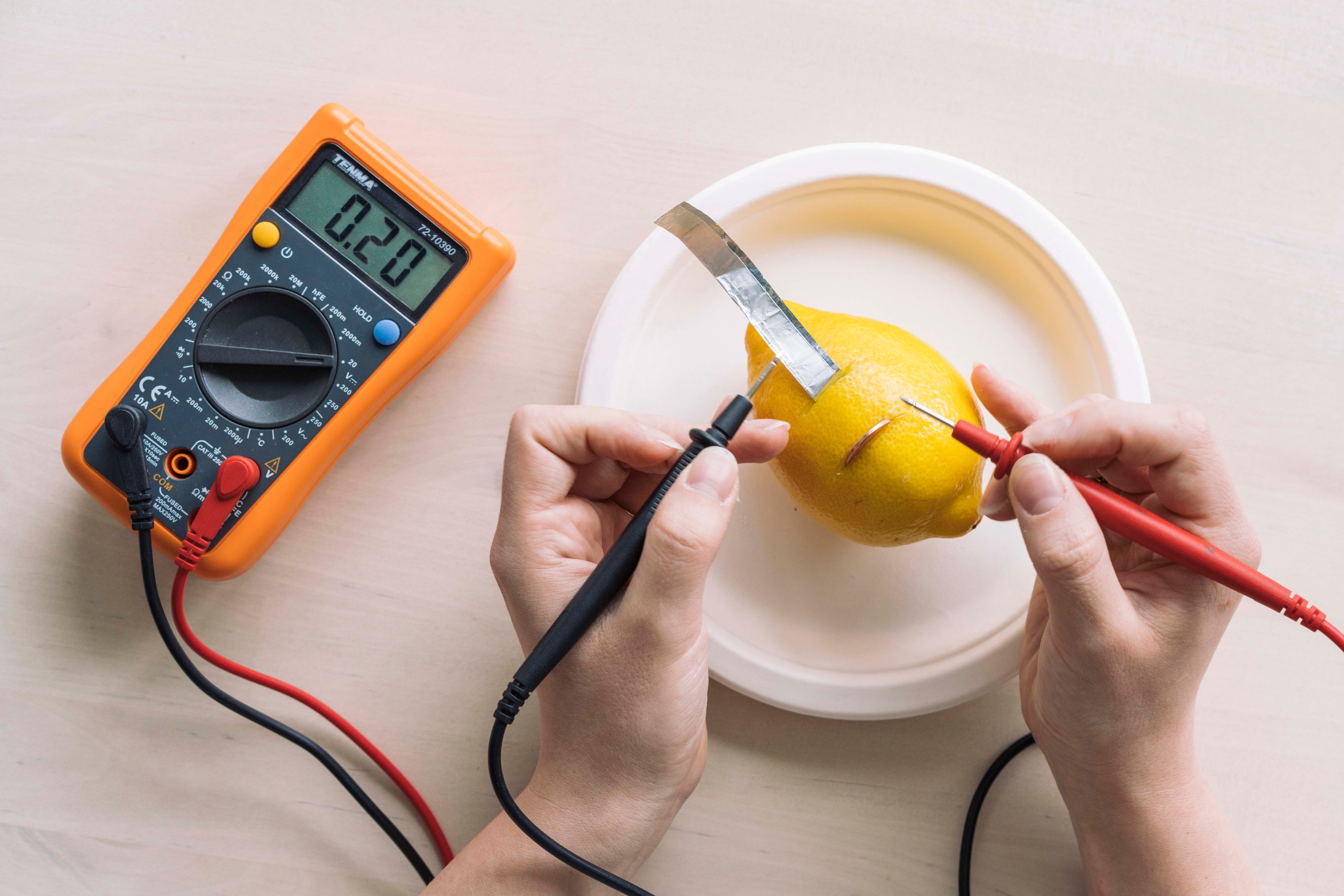
Easy Science Fair Projects for Kids | 13 Experiments
Science can explain many of the world's magical mysteries in surprisingly simple ways. These easy science experiments reveal the cause behind some phenomena, but also let kids explore the frontiers of science. With these quick projects, they'll use chemistry, electricity, and biology, to feed their creativity and make scientific magic!
Does your young adventurer want to learn more about science? Check out our hands-on STEM kits for kids! They're delivered monthly, and bring the perfect mix of joy and learning!
-
Electrostatics. Brush your hair with a plastic comb or rub it against something wool (like a sweater). Then, hold it up against the base of a lightbulb, and it should illuminate. The charge on the comb becomes imbalanced while rubbing against wool or hair and emits the excessive charge into the lightbulb when they touch. What else can you do with an imbalanced charge?
-
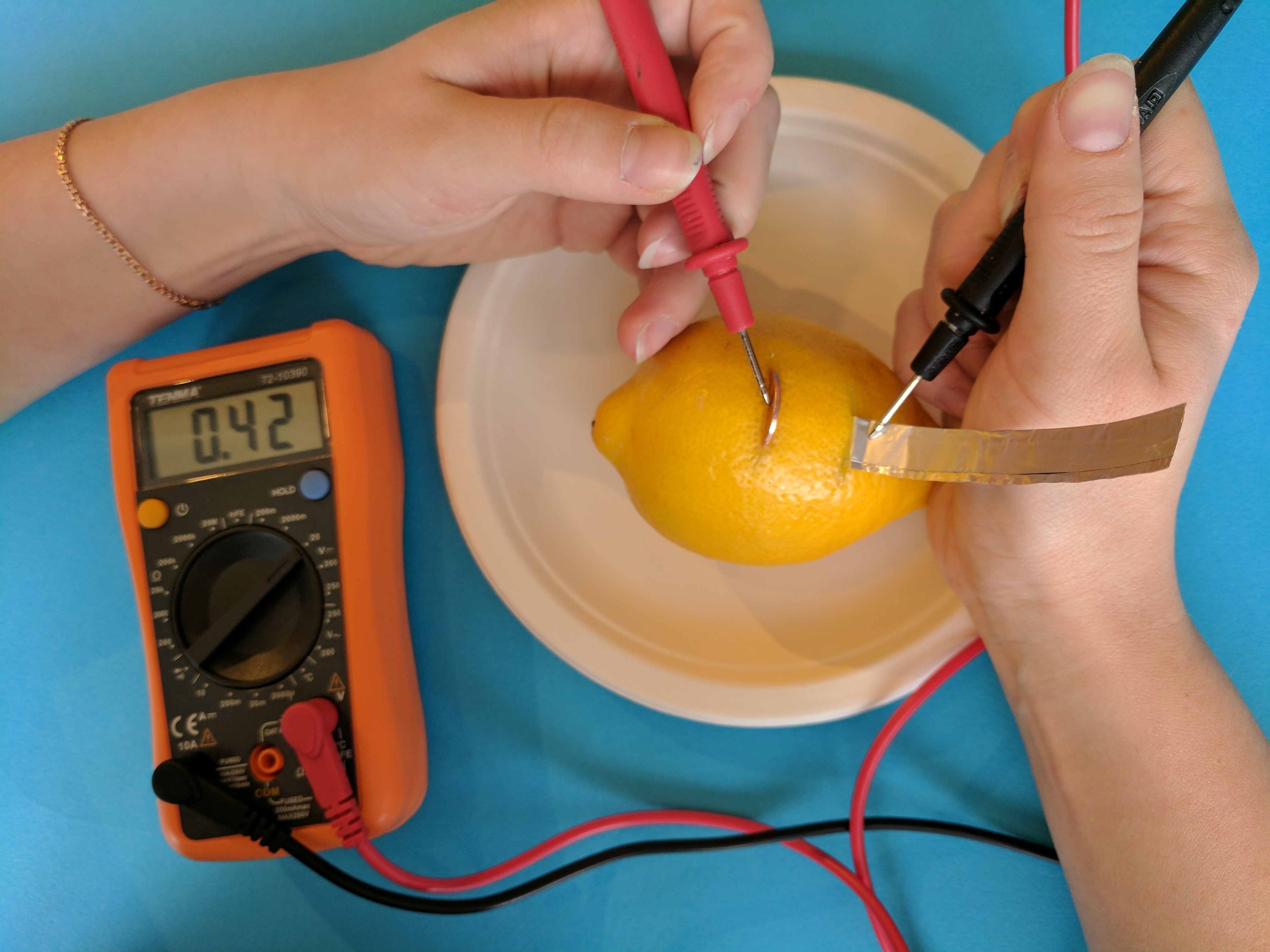
Energy Conversion. Batteries take chemical energy and transform it into electrical energy. Using copper, zinc and electrical wire, you can hook up a lightbulb to a citrus fruit (the more acidic, the better it works). As negative ions move from the fruit to the zinc, positive ions remain and illuminate the lightbulb.
-
Chemical Kinetics. Using iodine, vitamin C and starch, kids can witness chemical reactions taking place. At first, when the solutions are mixed, it appears nothing is taking place. In reality, Vitamin C is reacting first, keeping the solution clear. When the first reaction is complete, the second reaction takes place, turning the solution blue. What aspects of the experiment can you change to increase and decrease the time before the second reaction?
-
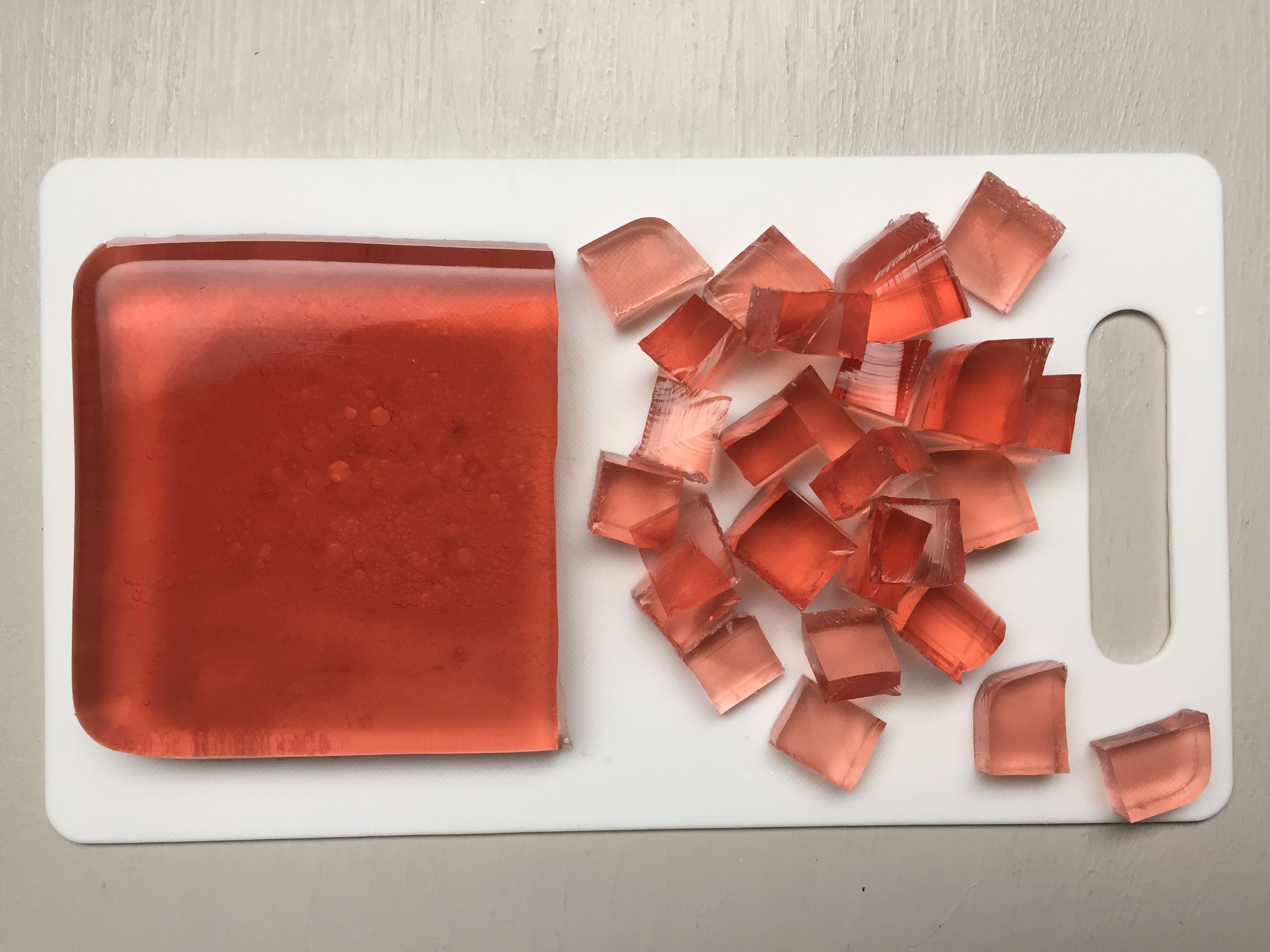
Polymer Science. Polymers are long strings of molecules that take on different physical properties. Gelatin is a triple-helix polymer that expands when a liquid is added to it. Try adding different liquids to the gelatin to create different gummies. Which liquids work the best? What happens when you add more gelatin? More liquid?
-
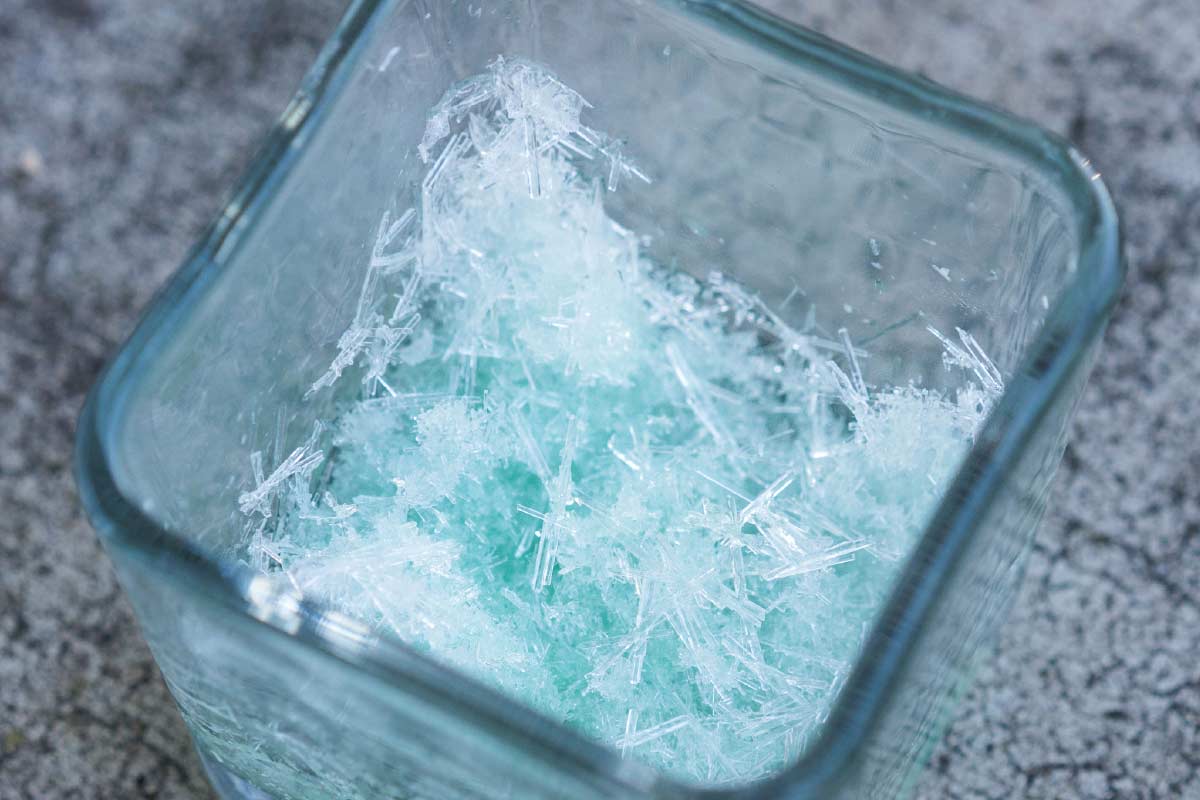
Chemistry. Create a beautiful crystal garden in a jar with just epsom salts, warm water, and food coloring. You won't believe the magical crystal structures that can be created in only a few simple steps. Experiment with different containers, colors, and salt measurements to see what creates the unique garden that fits your child best and hypothesize about what chemistry concepts are at work.
-
Polymer Science & Magnets. This experiment adds iron to slime, combining polymer science with magnets. While the polymer's preferred shape may be in a puddle, using a strong magnet, kids can pull the slime in different directions. Track the amount of iron oxide necessary to get the slime to react to the magnet. Record how far you're able to pull the slime and try adding iron oxide to other substances to get the same reaction. Why do polymers react differently?
-
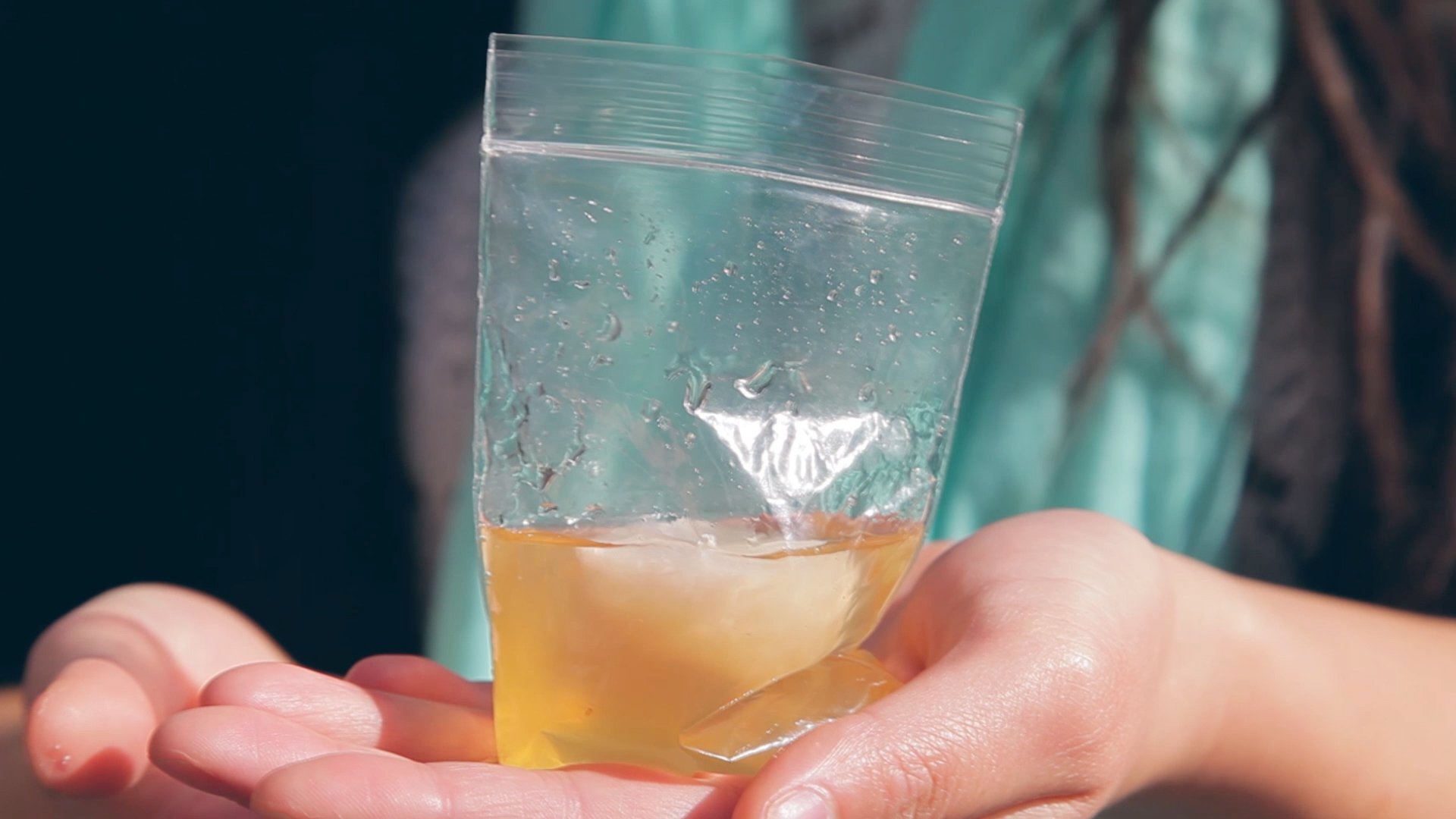
Exothermic Chemical Reaction. In this experiment, baking soda and vinegar are slowly mixed together and reduced to a concentrate. Once cooled, dropping a crystal into the solution will cause instant crystallization. Try gently pouring the hot ice over a crystal to form an instant solid. Remelt the concentrate to perform additional fun experiments.
-

Weather Science. This is a fast and easy experiment that shows how a tornado moves. Kids combine water, dish soap, and glitter (optional) in a jar and swirl it in a circle. This creates a simple replication of how tornadoes require horizontal wind shear next to the earth. A cyclone forms in the jar and continues to spin after the jar stops moving.
-

Biology & Capillary Motion. Place celery stalks into jars of water mixed with different colors of food coloring. Next, guess what will happen to the celery over different periods of time. Leave celery in a sunny spot. Record any observations about what happened to the color of the celery. Try using other liquids or other plants to see how they absorb water and transfer color through the plant.
-
Light Refraction. Secure a laser pointer to a stationary surface and point it at a full water bottle. Carefully poke a hole in the water bottle where the laser hits it. Do this experiment over a sink or use a bowl to catch the arc of water. The laser will travel along the arced water and give the appearance of the supernatural! Light changes direction at the boundary between two substances, so the laser bounces back and forth within the escaping water.
-
Biology. Use shortening (the solid white kind) to show kids the benefit of blubber to animals. Have kids put their hand in a bowl of ice water and pull it out when it gets cold. Next, have them put their hand into a bag of shortening and re-submerge their hand. Record how long before their hand feel the cold in the bag. Try the experiment with different insulating materials, which work the best?
-

Chemistry. Use a dry erase marker to draw on the inside of a glass plate, bowl or baking pan. Pour water into the container and wait. The drawing will lift off the glass and float on the surface of the water. Dry erase markers are made with a combination of alcohol and pigment. Water dissolves the alcohol, leaving the solid pigments to float away from the glass. Try regular markers, and permanent markers, what happens? Pour in rubbing alcohol instead of water. What happens?
-
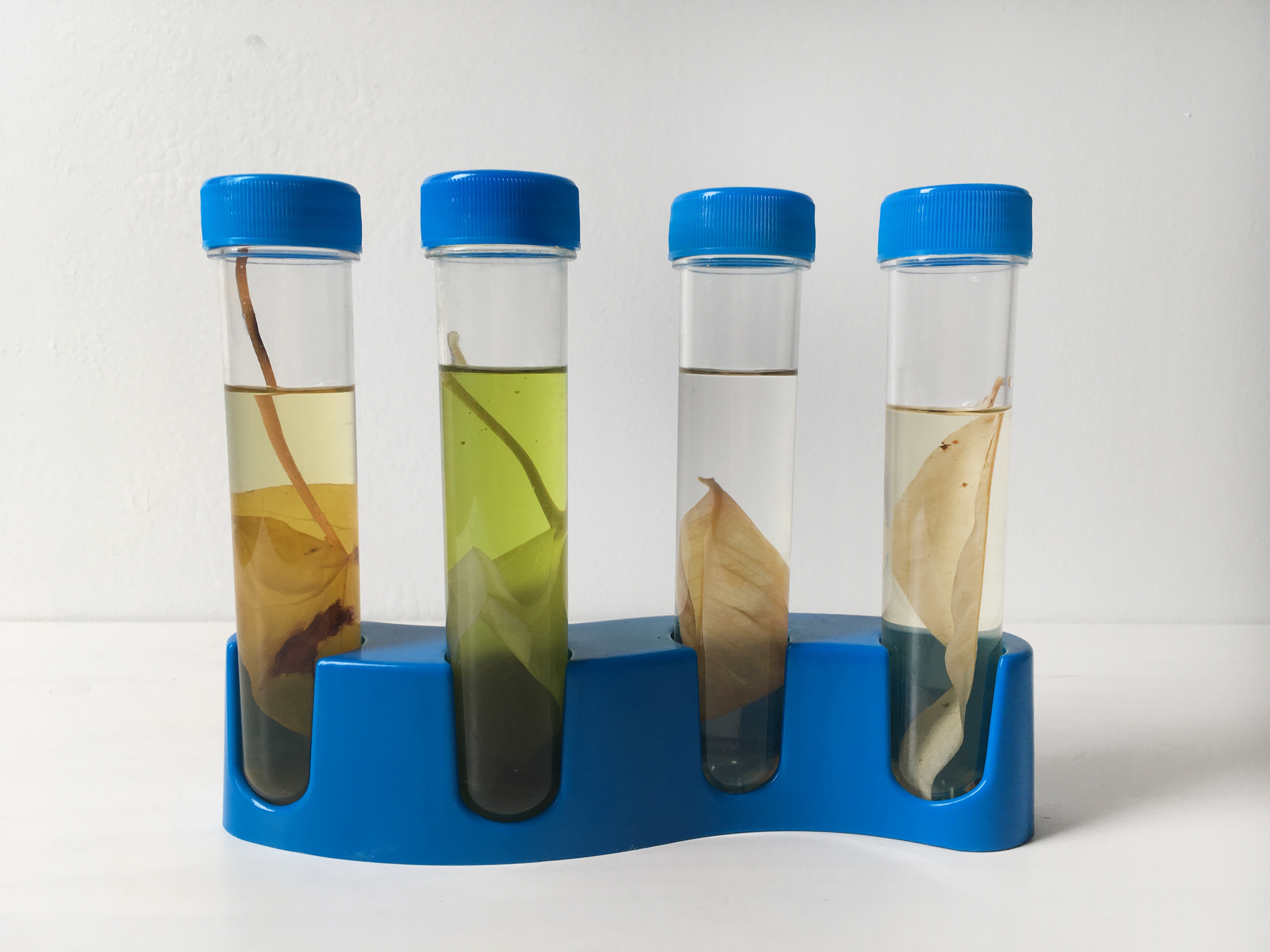
Biology. Using rubbing alcohol and different kinds of leaves, you can observe the different colors inside leaves. Boil the leaves for five minutes and submerge them into different test tubes or tall glasses of rubbing alcohol. After about an hour, their color will drain and leave behind different colors of rubbing alcohol. Have your child guess what will happen to the leaves when they're placed in rubbing alcohol. Which leaf will lose the most color?
Learn more: Changing Leaves
Whether they take 30 minutes or one day, these science fair projects are starting places to ask more questions and learn more about the world. Try doing the experiment once and then guess what would happen if you change a variable. Can you make the experiment more successful than the first time you attempted it? With scientific curiosity and fun displays of learning, these simple projects will amaze students at any science fair!
wilkinsonfookistand.blogspot.com
Source: https://www.kiwico.com/diy/lists/easy-science-fair-projects-for-kids-13-experiments
0 Response to "Quik and Easy Science Projects for 6th Graders"
ارسال یک نظر